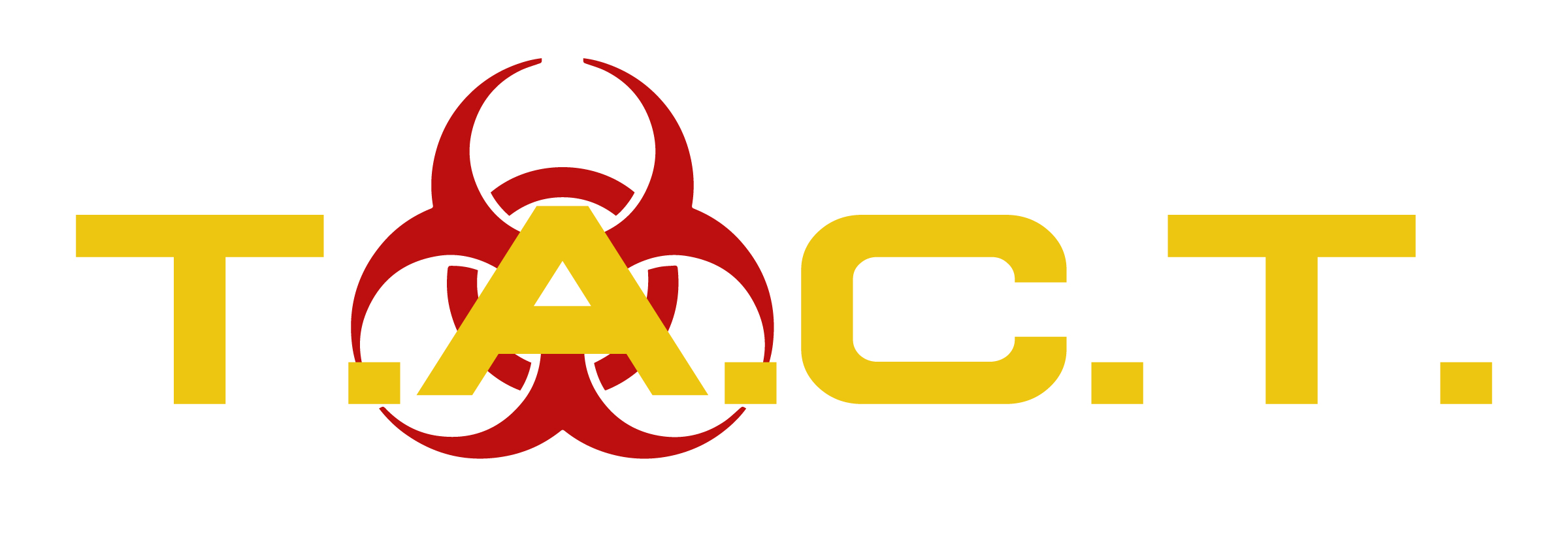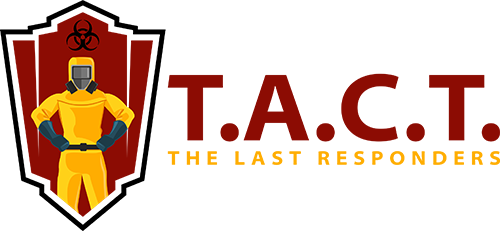The Complete Guide to Mold Testing and Professional Inspections

The Complete Guide to a Professional Mold Test: What You Need to Know
Mold isn't just an eyesore—it can pose serious risks to your health and property if left unchecked. Whether it's hidden behind walls or lurking in damp corners, mold can spread quickly, leading to costly repairs and potential health concerns.
If you're dealing with unexplained allergies, persistent musty odors, or water damage, a professional mold test could be your first step toward a safer, healthier space. This comprehensive guide will walk you through everything you need to know about mold testing, from understanding the process to preventing future growth.
Understanding Mold Testing
Mold testing is a systematic process that involves collecting and analyzing samples to identify the presence and type of mold in a specific environment. Here's what you should know about the process:
- Methods of Testing: Mold can be identified through air samples, surface swabs, bulk material testing, or visual inspections.
- Goals of Mold Testing: It helps pinpoint active mold growth, evaluate its extent, and determine the best remediation strategies.
- Why Professionals Are Key: Certified mold inspectors use advanced tools and techniques to ensure accurate results.
Why Do You Need a Mold Test?
A mold test isn't just for peace of mind—it plays a vital role in maintaining a healthy environment. Here’s why it matters:
- Health Concerns: Mold spores can trigger allergies, asthma, and other respiratory issues. Knowing the type of mold present helps assess potential risks.
- Extent of Growth: Mold testing reveals the size of the issue, enabling targeted and effective remediation.
- Source Identification: Testing helps trace the root cause, such as water leaks or poor ventilation, to prevent recurring problems.
- Measuring Effectiveness: After remediation, testing confirms whether the issue has been fully resolved.
Types of Mold Tests
Not all mold tests are the same. Understanding the options can help you choose the most effective one for your situation.
1. Air Samples
Air sampling detects mold spores circulating in the air, ideal for identifying hidden mold growth.
2. Surface Samples
Swab or tape samples reveal mold present on specific surfaces.
3. Bulk Samples
Test materials like drywall or carpet to determine if they’re contaminated with mold.
4. Visual Inspection
Certified inspectors examine areas for visible signs of mold using specialized tools.
5. DIY Mold Test Kits
Affordable and convenient, these kits allow homeowners to collect samples themselves, though accuracy varies significantly.
Choosing a Mold Inspector
When dealing with potential mold issues, choosing the right professional is crucial. Here’s what to look for in a mold inspector:
- Certification: Ensure they’re certified in mold testing and remediation.
- Experience: Opt for someone with a proven track record in identifying and addressing mold issues.
- Tools and Techniques: Advanced equipment, such as moisture meters or thermal imaging cameras, is key to thorough inspections.
- Transparency: Look for professionals who provide detailed reports with clear next steps.
- Licensed and Insured: Ensure the inspector has the proper credentials to operate in your area.
DIY Mold Test Kits vs. Professional Mold Testing
Not sure whether to try a DIY kit or hire a professional? Here’s a breakdown of both approaches.
DIY Mold Test Kits:
- Pros: Cost-effective and convenient for minor concerns.
- Cons: Limited accuracy and may not detect all mold types, including toxic ones.
Professional Mold Testing:
- Pros: Offers comprehensive and precise results, often accompanied by expert recommendations.
- Cons: Higher upfront cost but ultimately more reliable.
For serious concerns or recurrent issues, professional testing is strongly recommended.
Signs You Need a Mold Test
Not sure if you need a mold test? Watch for these warning signs:
- Visible Growth: Black spots, white patches, or discoloration on walls and surfaces.
- Musty Odors: Persistent, unpleasant smells in your home or office.
- Water Damage: Signs of leaks or past flooding.
- Health Symptoms: Respiratory issues, allergies, or unexplained illnesses.
- High Humidity Levels: Consistently damp or humid conditions.
Preparing for a Mold Test
To get the most out of a mold inspection, take these steps to prepare your space:
- Pinpoint Problem Areas: Highlight any spots with visible mold or water damage.
- Share Building History: Inform your inspector about any past mold issues or remediation efforts.
- Ensure Access: Unlock crawl spaces, attics, or other hard-to-reach areas.
- Turn Off HVAC Systems: Prevent mold spores from spreading during testing.
- Avoid Disturbing Moldy Areas: Leave problematic spots untouched to preserve accurate results.
Interpreting Mold Test Results
Mold test results can be technical. Here’s a quick guide to understanding them:
- Presence of Mold: Confirm whether mold is present in the tested area.
- Type of Mold: Determine the species detected, such as allergenic, pathogenic, or toxigenic molds.
- Extent of Growth: Assess the concentration to understand the severity of the issue.
- Source and Prevention: Identify contributing factors and learn how to mitigate future growth.
A certified mold inspector can help break down the report and recommend tailored next steps.
Mold Remediation and Removal
Once a mold issue has been identified, remediation is essential to restoring your environment.
- Professional Help: Certified remediation companies ensure effective and lasting removal of mold.
- Methods Used: These may include cleaning, disinfecting, and replacing damaged materials like drywall or insulation.
- Air Quality Improvement: Proper remediation reduces airborne mold spores and enhances overall air quality.
Preventing Future Mold Growth
The key to avoiding mold issues in the future is consistent maintenance and vigilance.
- Fix leaks or water damage immediately.
- Keep indoor humidity levels below 50% with ventilation or dehumidifiers.
- Regularly inspect for signs of mold in vulnerable areas.
- Use mold-resistant building materials where possible.
Rely on Professional Mold Inspectors
Mold issues can feel overwhelming, but a professional mold inspector can provide both expertise and peace of mind. From using advanced tools to providing detailed remediation plans, their role is crucial to effectively managing and preventing mold problems.
Take Action Against Mold Today
Mold testing is more than just a precaution—it's an investment in your health and property. Whether you’re dealing with a current issue or want to prevent future challenges, professional mold testing and remediation are your best bet.
Don’t wait for the problem to get worse. Reach out to certified professionals in your area and breathe easy knowing your space is safe and mold-free.
Latest news

Nosy neighbors peeking? T.A.C.T. North Atlanta offers discreet biohazard remediation for rodent infestations, mold, hoarding, and more. Unmarked vehicles, quiet experts, full privacy—24/7 service at 470-781-4775.
Read More

